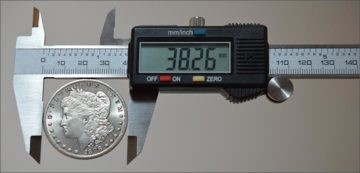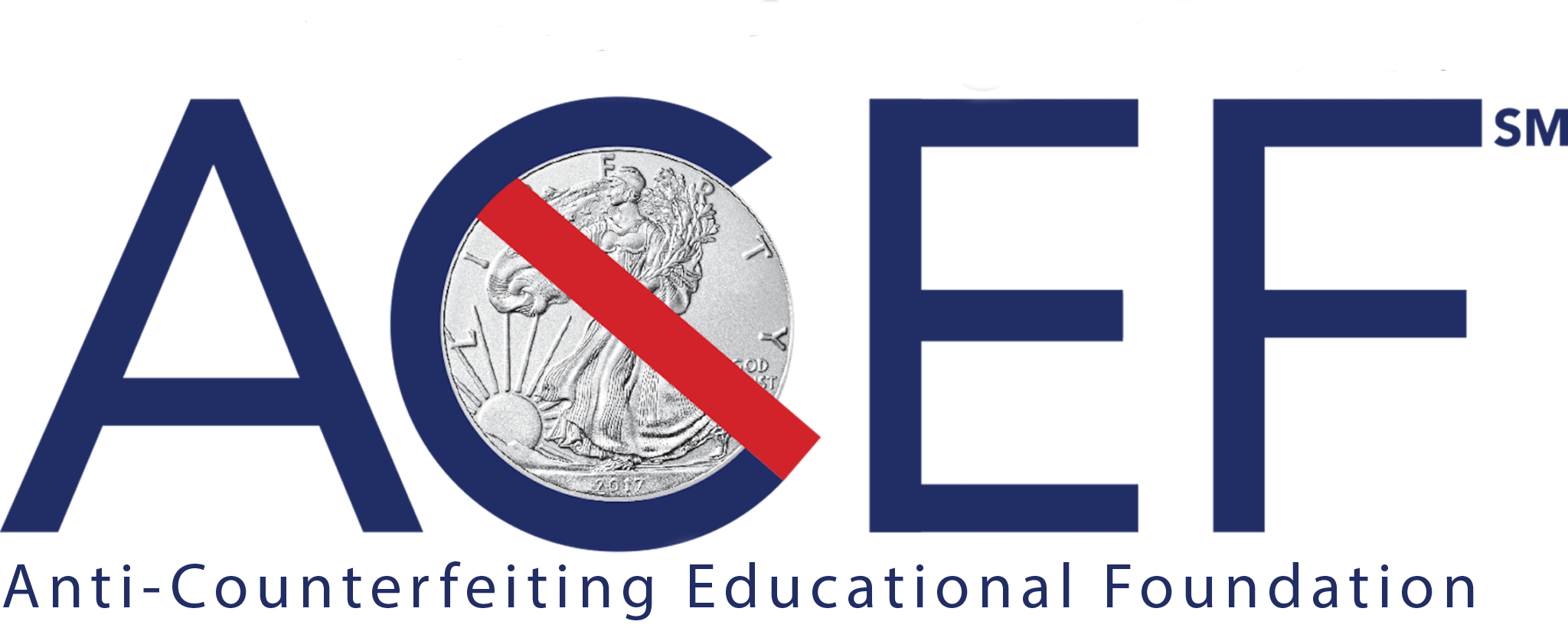Many counterfeit coins encountered in the market today are quite deceptive because they closely resemble the genuine coin. Unless you are a student of the specific design series – capable of spotting such things as the wrong lettering style, incorrect placement of a mintmark, or unique attributes of a known variety – you may think guarding against buying a counterfeit is a losing battle.
Take heart. You can arm yourself with knowledge (images of the genuine coin) and two inexpensive and easy-to-operate tools that form the first line of defense against counterfeits of coins.
- Know what the genuine coin looks like. Purchase and keep with you anytime you are buying (whether in person at local auctions and flea markets or on the internet) a standard reference such as A Guide Book of United States Coins also known as “The Red Book,” (published annually by Whitman Publishing, LLC. ) that has illustrations of all denominations and design types of U.S. coins. Digital images are available from many sources, the most comprehensive being PCGS CoinFacts, a digital encyclopedia of United States coins that includes images and historical information, available free at https://www.pcgs.com/coinfacts.

- Use a digital caliper to measure precisely diameter and thickness. Mints that manufacture coins and precious metals bars have exacting standards and publish (at their websites) specifications of their products, including the metal composition, diameter, thickness, and weight. For older collectible coins, specifications can be found in standard reference books and the digital encyclopedia cited in No. 1. If the diameter and thickness measurements are not the same as that published by the manufacturer or reference, the coin is a fake.
- Use good quality scales (digital recommended). Digital scales are precise and are available in pocket-size, especially handy when you are traveling, looking at coins offered in a local auction or in person-to-person transactions. The manufacturer or sovereign Mint’s stated weight of the coin or bar should match exactly with your item. Most references list the weight of coins in grams.

